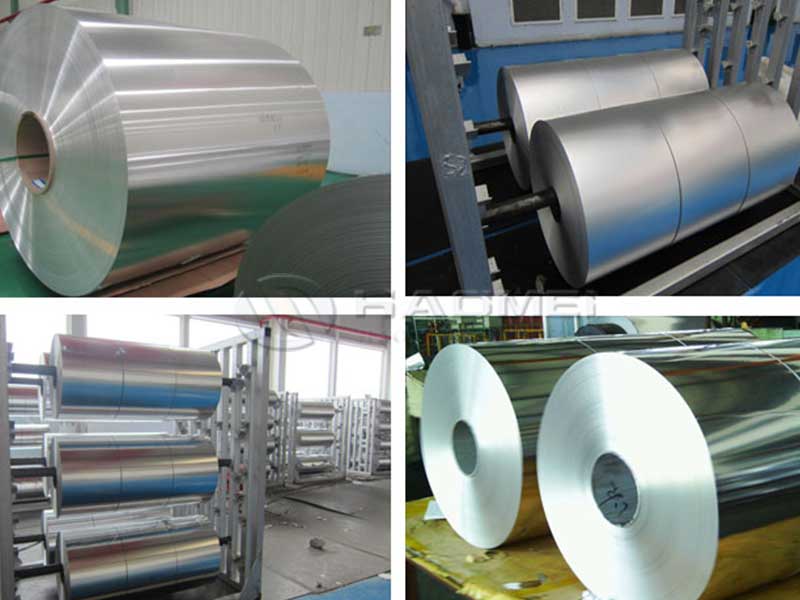Copper clad stainless steel plate
The beneficial effect of the utility model is that the copper clad stainless steel plate can be effectively protected to the maximum extent during the copper electrolysis process, preventing the corrosion of the copper-clad stainless steel plate by the electrolyte, increasing the service life of the cathode plate, and reducing the production process of copper electrolysis Unnecessary costs incurred. At the same time, the conductive performance of the electrolytic copper cathode plate can also be guaranteed to be greater than that of the original cathode plate during use, and the protection of the conductive performance of the copper clad stainless steel plate is the greatest beneficial effect of the present invention.
The improved copper clad stainless steel plate proposed by the utility model includes a stainless steel cladding 1 and a copper conductive core row 4. The stainless steel cladding and the copper conductive core row 4 are combined by cold extrusion to obtain a composite copper-clad stainless steel plate. A copper conductive row core 4 is milled out from the contact portion between the two ends of the stainless steel plate and the conductive row, and the copper conductive row core portion exposed to the stainless steel cladding is the conductive end surface 5. On both sides of the composite copper clad stainless steel plate, the copper conductive core and the stainless steel cladding are tightly welded together by nickel-copper welding wire with argon arc welding, and the gap between the stainless steel cladding and the copper clad stainless steel plate is welded after drawing. Fully and effectively protect the joint between the stainless steel cladding and the copper clad stainless steel plate from being corroded by the electrolyte to ensure the maximum conductivity of the copper clad stainless steel plate in electrolysis. A stainless steel plug layer 2 is welded to the conductive end surfaces 5 at both ends of the composite conductive copper beam for sealing treatment, and stainless steel welding wires are used for welding during sealing.
In the improved copper clad stainless steel plate proposed by the utility model, the welding seam 3 should be polished after welding to make it smooth and smooth without gaps, so as to ensure the maximum conductive performance and service life of the copper clad stainless steel plate in use. When the stainless steel cathode plate is used, if the copper clad stainless steel plate conductive end does not undergo the above treatment, the corrosion resistance of the cathode plate will be greatly reduced, and it will be a certain loss for daily production and company costs. If the cathode plate conductive end After the technical treatment of the utility model, due to the tight welding and the material itself has a certain corrosion resistance, it can well solve the series of unstable conductivity of the conductive end of the cathode plate due to long-term use problem.

Aluminium Sheets
View Details
Aluminium Coils
View Details
Aluminium Foils
View Details
Aluminium Strips
View Details
Aluminium Circles
View Details
Coated Aluminium
View Details
Mirror Aluminum
View Details
Stucco Embossed Aluminum
View DetailsSteel
- cast steel anode yoke
- Aluminum -Steel Explosive Weld...
- Aluminum steel transition bloc...
- stainless steel aluminum tri p...
- Copper steel explosive bonded...
- Aluminum to stainless steel tr...
- Cast anode steel claw
- Ti Titanium clad steel plate
- Characteristics of explosive c...
- Aluminum stainless steel trans...
- Aluminimun and steel bi metal...
- Aluminum Electrolyzer Anode St...
- Explosive welding of titanium...
- Monel carbon steel clad plate
- Titanium Stainless Steel Clad...
- Cu Steel Bi-Metallic Plates
- aluminum steel transition join...
- aluminum steel triclad transit...
- Steel Yokes Bracket for Anode...
- Why is the anode steel claw re...